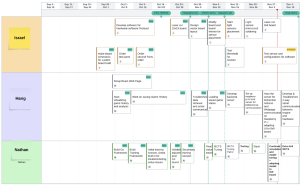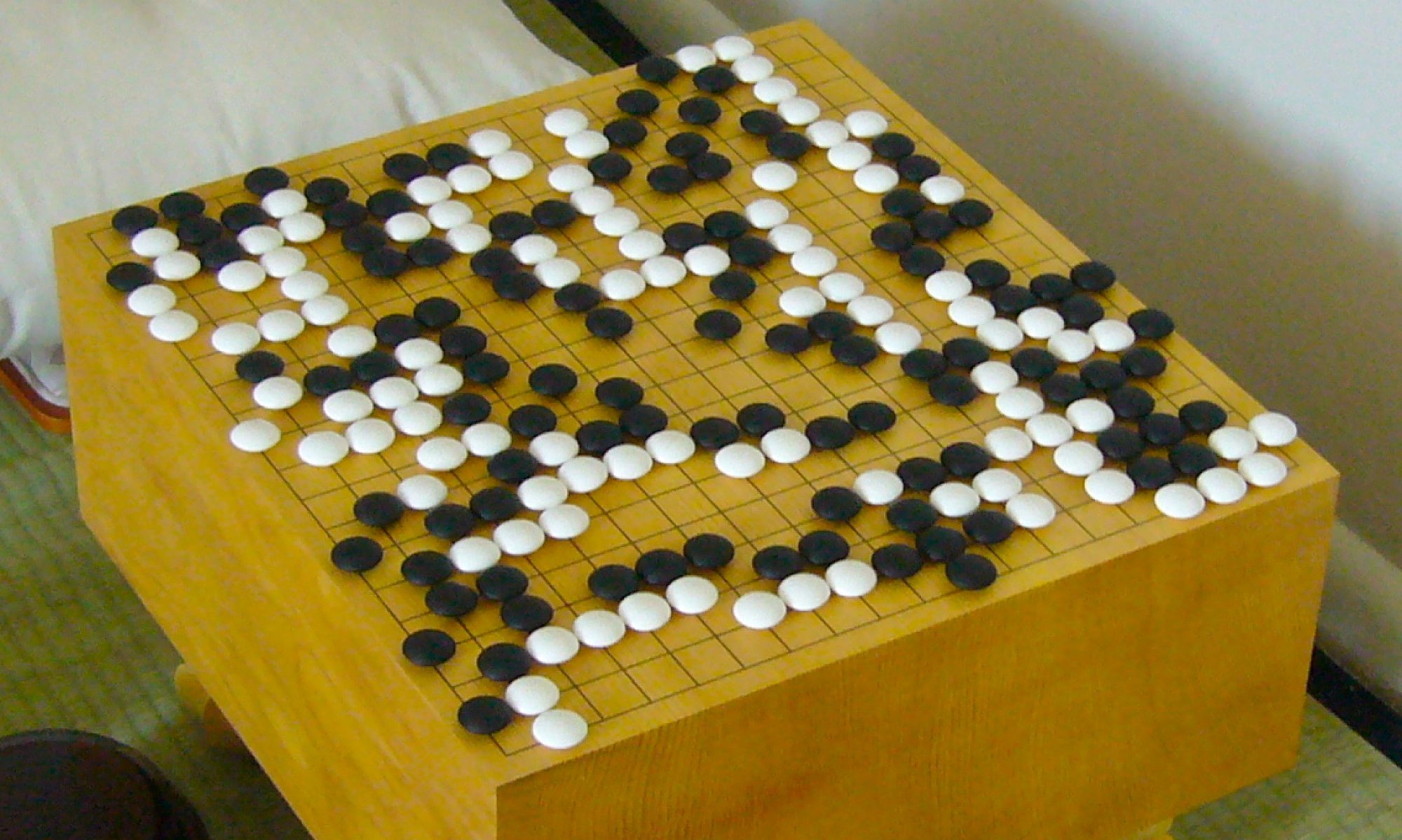A hardware risk that ended up occurring was completing the 19×19 board in time for the demo. As such, we decided to change our design by downscaling our board from a 19×19 grid into a 9×9, making the board around 4x smaller. This change also affected the software component and the engine component for the project. On the software side, the data structures holding the board states had to be changed to accommodate for the smaller board size on both the client side code and the code on the raspberry pi server and the backend server.
This created some risk for the Engine, as all the planning had been for a 19×19 version, including the training for the value network and initial training for the policy network. It was decided after deliberation that we would retain the 19×19 network architectures, but adapt their usage to fit a 9×9 board. This involved tweaking the engine so it converts 9×9 inputs into 19×19 via padding, allowing the networks to run as normal. Additionally it required a refactoring of the MCTS code to run 9×9 simulations. These are necessary, as switching the network to optimizing for 9×9 hurts its relative strength, so extra data points are needed to correct this.
As a quick note, the server and backend needed to be adjusted to fit the 9×9 board, but this was done very quickly and easily.
Our new schedule is shown below, and most of the changes are around adapting our system to the new 9×9 board:

